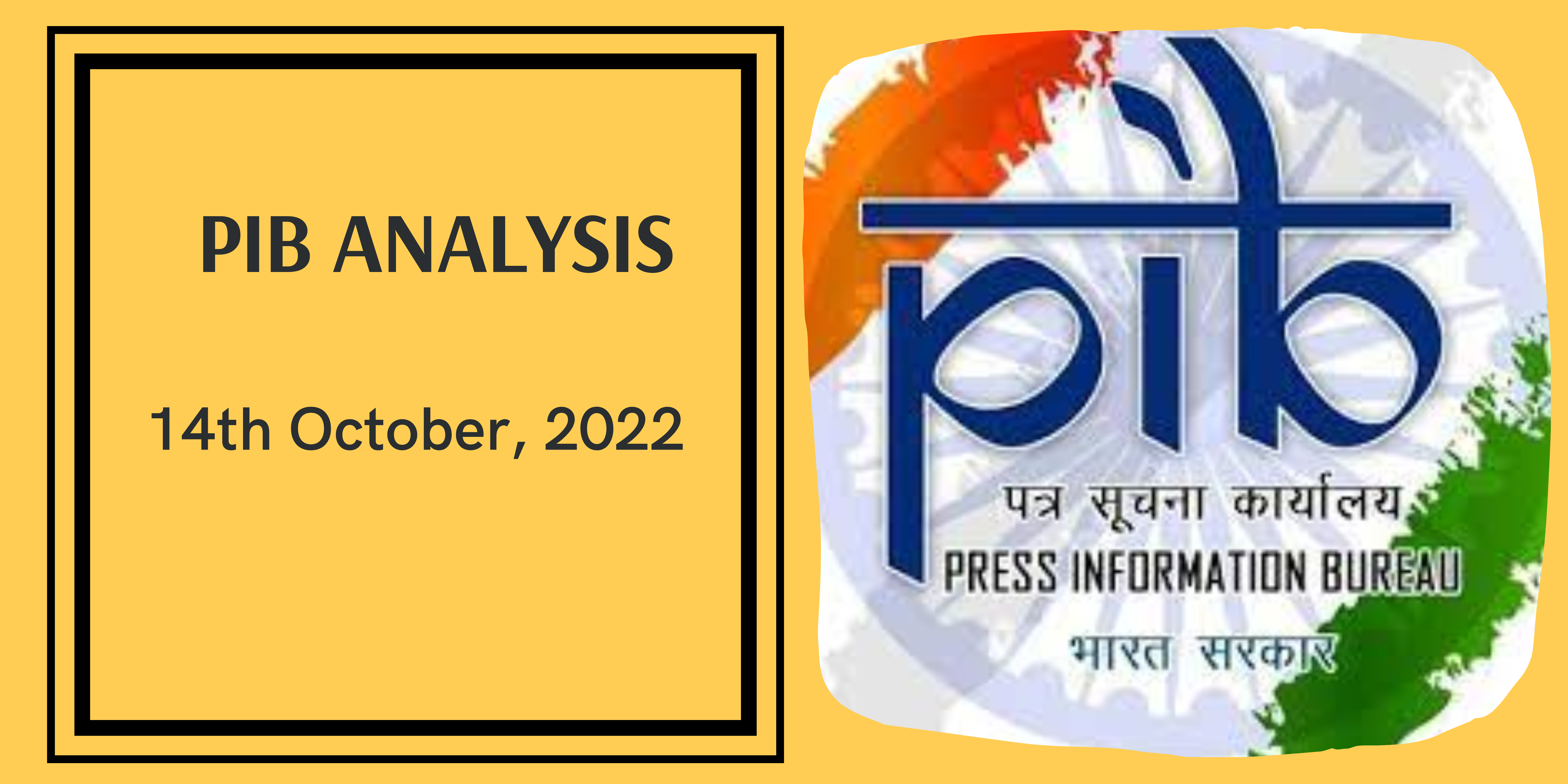Improving the capability of the Indian State
Context:
The governance scenario in India presents a paradox — a vast administrative system with intricate regulations coexists with a shortage of personnel across critical sectors. The debate on the size and efficiency of the Indian state has intensified, with advocates calling for an increased role to address developmental needs, while detractors argue for a leaner state. This paradox is underscored by a lack of state capability, policy failures, and challenges in the skill set of officials.
Relevance:
GS-02 (Governance)
Prelims:
Pradhan Mantri Kaushal Vikas Yojana (PMKVY), SANKALP and STRIVE Programme, TEJAS Skilling Initiative, National Skill Development Corporation (NSDC), National Employability Through Apprenticeship Program.
Mains Question:
Examine the dichotomy in the size and efficiency of the Indian state, discussing the challenges and proposing measures to enhance state capability for effective governance. (250 words)
Dimensions of the Article:
- Transforming India’s Workforce through upskilling
- Current human resource scenario in India
- Challenges in skilling development
- Strategies for upskilling India’s workforce
- Article Analysis
Transforming India’s Workforce Through Upskilling:
- Changing Job Landscape: The technological revolution has ushered in new job types demanding specialized skills, particularly those emphasizing ‘human’ attributes like networking, creativity, and problem-solving.
- Demographic Potential: With India having a youthful population, averaging 29 years, strategic attention to education and skill development can convert this demographic advantage into a robust human capital resource.
- Workforce Readiness Challenges: Despite adding 12 million individuals to the workforce annually, less than 4% have received formal training, leaving India’s workforce readiness among the lowest globally, exacerbated by outdated training infrastructure.
Current Human Resource Scenario in India:
- Demographic Outlook: With a significant youth population, India could boast the world’s largest human resource pool by 2041, providing a substantial workforce in an environment where industrialized nations experience a labor force decline.
- Skilling Gap: A stark skill gap persists, with only 4.7% of India’s workforce undergoing formal skill training, lagging significantly behind nations like the US, Japan, and South Korea.
- Initiatives for Skill Development: Various initiatives, including the Pradhan Mantri Kaushal Vikas Yojana, SANKALP, and STRIVE, aim to bridge the skilling gap. Approximately four crore people have been trained under diverse formal skill programs since 2015.
Challenges in Skilling Development:
- Lack of Basic Education: High dropout rates, especially at the upper primary and secondary school levels, pose a challenge. Without basic education, upskilling for higher-end jobs becomes challenging.
- Focus on Upskilling/Reskilling: While diverse skilling initiatives have addressed workforce needs, there’s a significant gap in upskilling and reskilling, with 86.1% of those aged 15-59 lacking vocational training.
- Insufficient Training Facilities: In high-growth industries, there’s a shortage of training facilities, with only around 5,500 public and private institutes compared to 500,000 in China.
- Covid-19 Pandemic Impact: The pandemic disrupted both short- and long-term training courses, leading to the temporary closure of over 30,000 training centers during the first wave.
Strategies for Upskilling the Indian Workforce:
- Prioritize completing high school education for every child and implement skilling, training, and vocational education in alignment with market demand, leveraging virtual classrooms and MOOCs.
- Prioritize upskilling initiatives within existing employment through models like PPP. Collaborate with industries, following successful models in countries like the UK, Germany, and Australia.
- Encourage industry-level collaborations for industry-specific skills. The corporate sector can reap significant benefits, with a reported 600% return on investment in skill training programs, contributing to national development goals.
Article Analysis:
- India’s governance challenges stem from the concentration of powers within departments, hindering efficiency. Examples from Australia, Malaysia, and the UK highlight the benefits of separating policymaking and execution responsibilities. Excessive restrictions on frontline personnel contribute to mistrust and poor implementation, suggesting the need to delegate financial and administrative powers to improve execution.
- A deficiency in technocratic skills among high-ranking policymakers leads to heavy reliance on consultancy firms. Regular lateral entry at mid and senior levels is proposed to bridge the technocratic gap. Advocating for increased professional staff in regulatory bodies like SEBI and RBI addresses staffing disparities.
- Current audit practices focusing on rule compliance divert attention from policy objectives. Oversight agencies must appreciate the context of policy decisions for more informed audits. Addressing the appointment of retired officers to regulatory bodies and tribunals involves setting an absolute upper limit and increasing the retirement age.
- Examining the inefficacy of performance-linked pay and incentives in the public sector reveals the need to attract intrinsically motivated individuals. Measures include moderate pay raises and a reduction in the upper age limit for government jobs to discourage corruption. High public sector salaries impact corruption, emphasizing the role of economic growth in reducing the allure of government jobs.
Way Forward:
- Addressing the paradoxical nature of the Indian state requires a multi-faceted approach, encompassing institutional reforms, empowerment at the grassroots, and a balance in public sector salaries.
- Bridging the technocratic gap, augmenting regulatory bodies, and fostering intrinsic motivation are pivotal for enhancing state capability. As the debate on the role and size of the state continues, pragmatic reforms, driven by political will, are essential for steering India toward effective governance and inclusive development.



